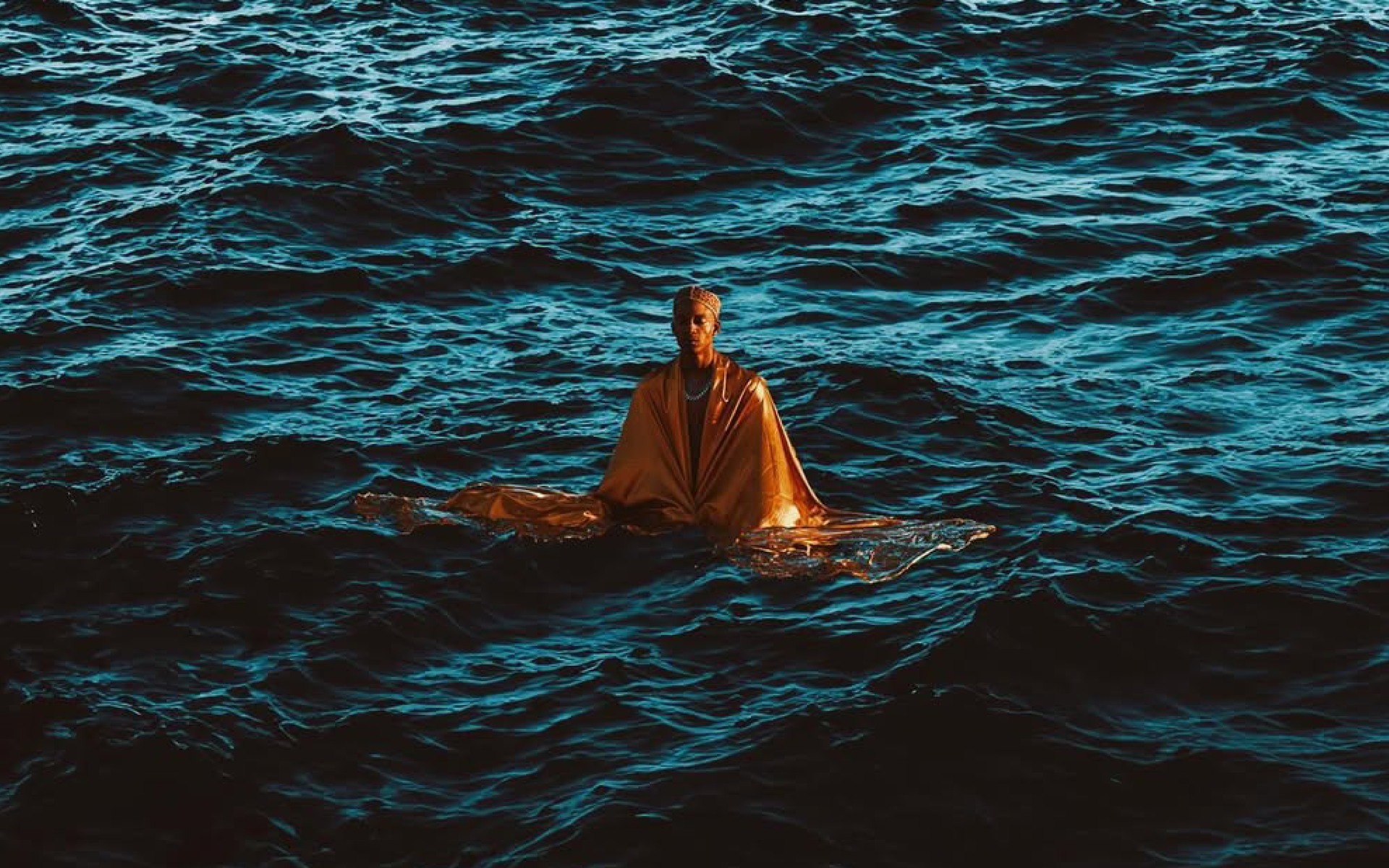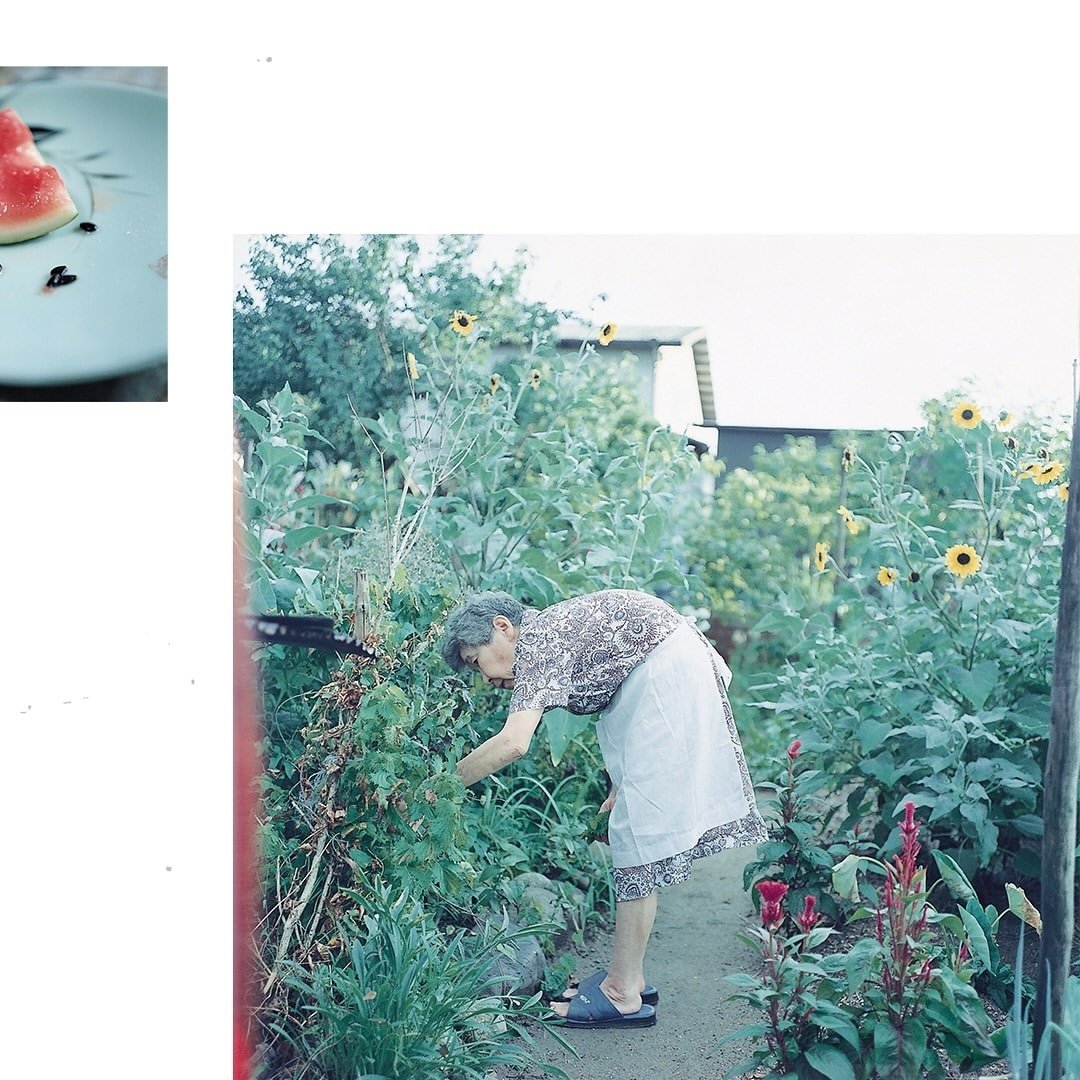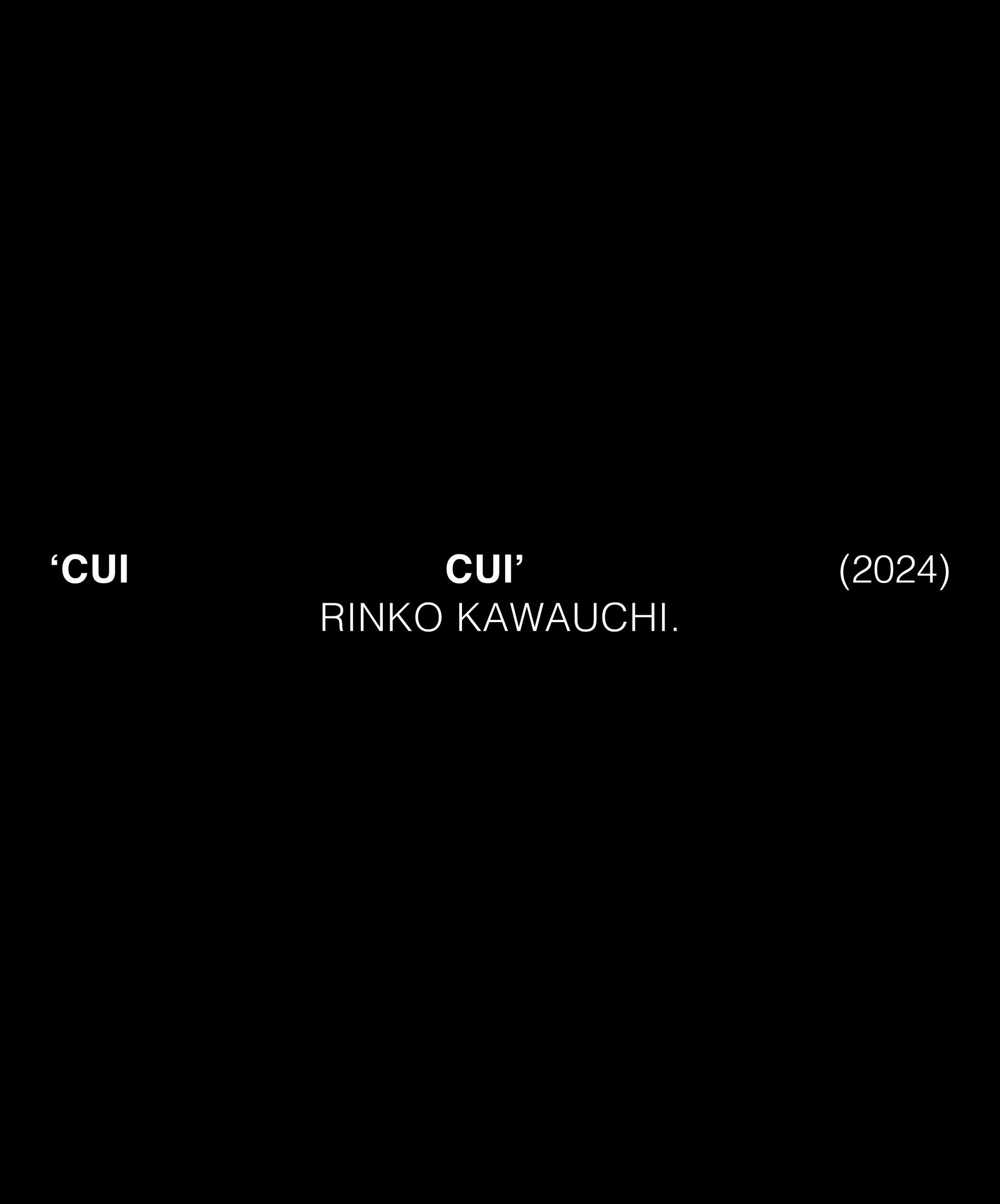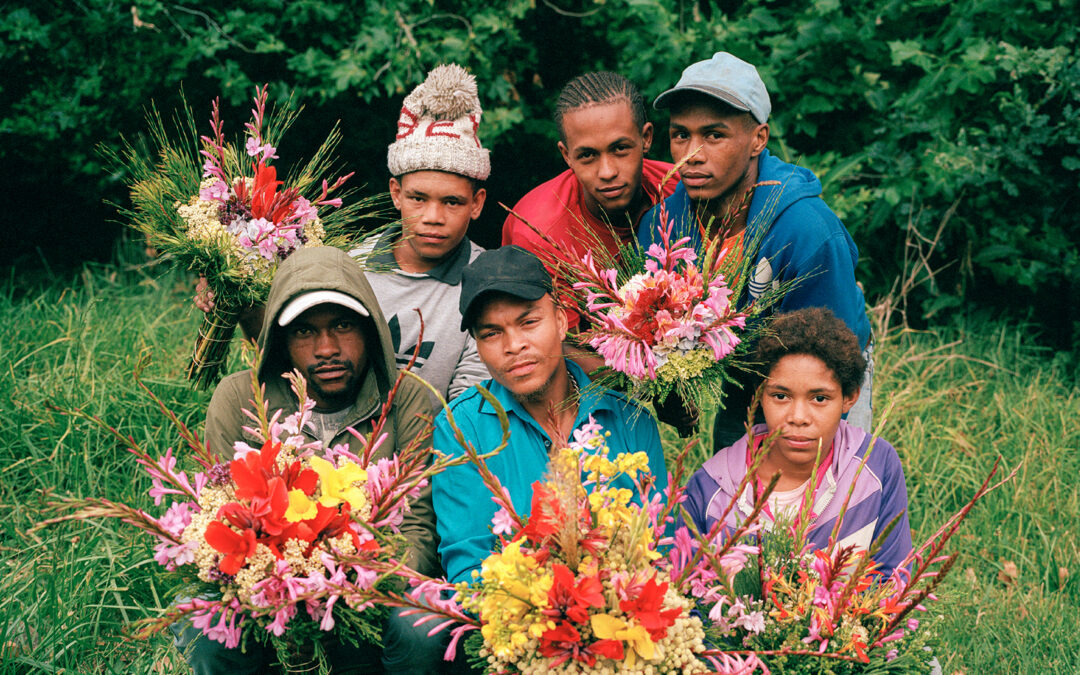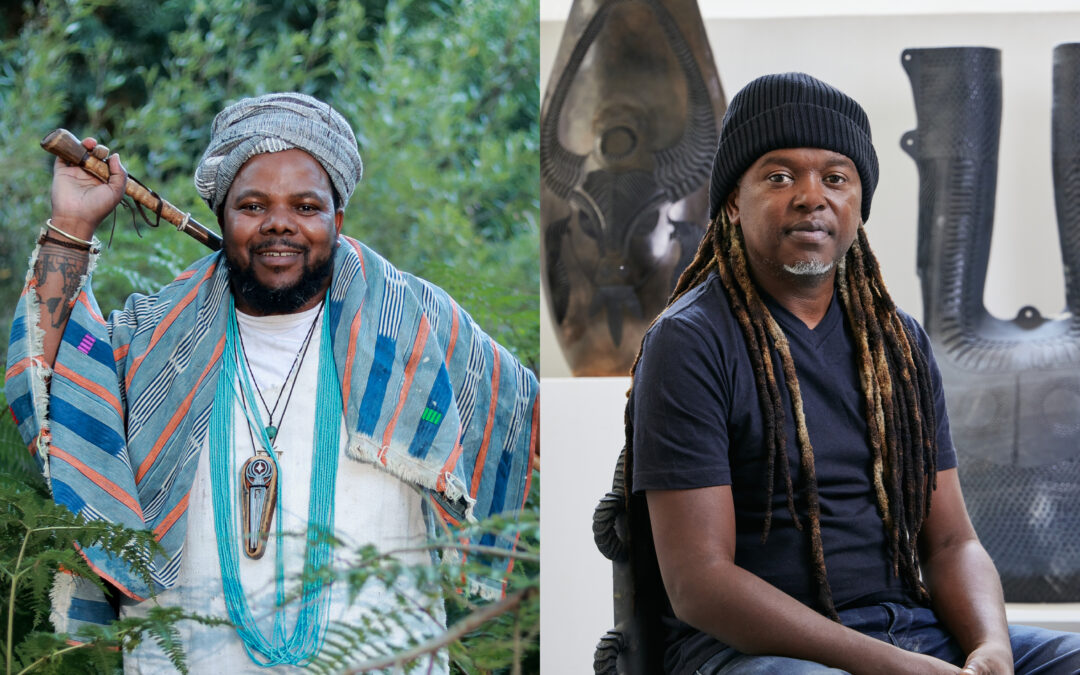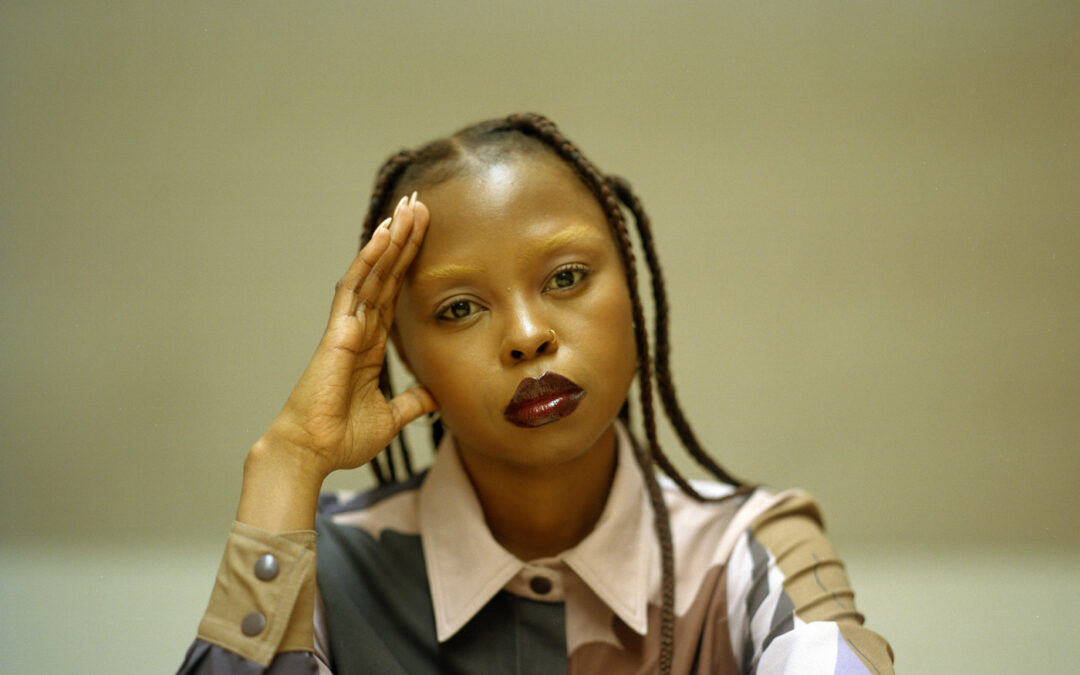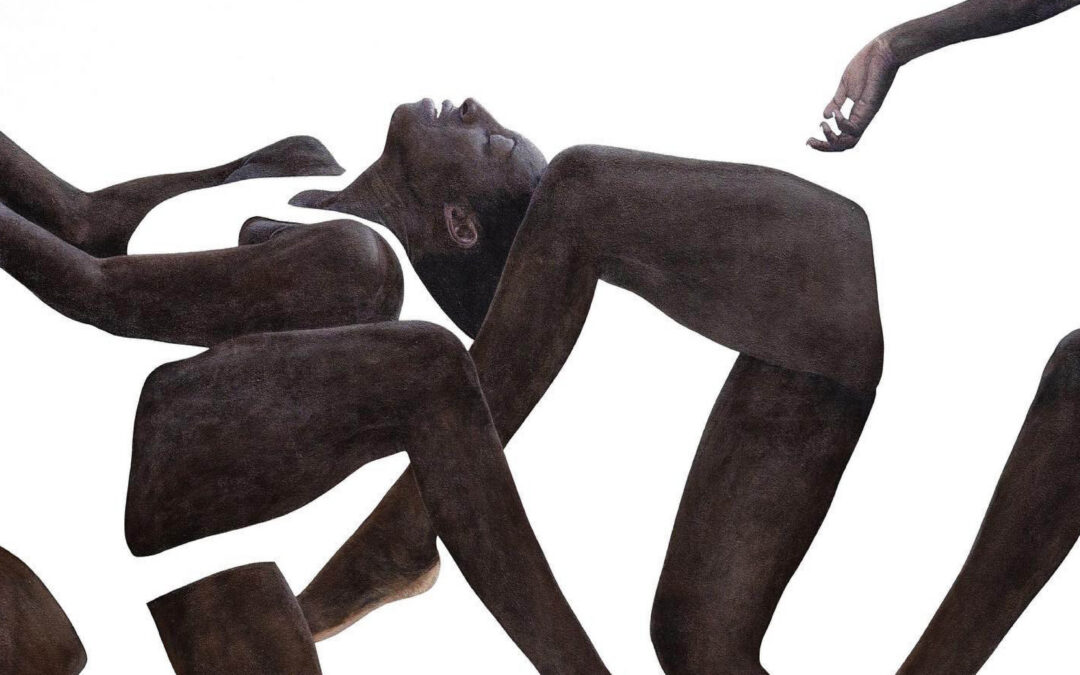There is a peculiar gravity in illumination. Light has a weight all on its own, invisible yet undeniable, shaping perception, revealing truths and casting shadows that speak as loudly as the radiance itself. In this iteration of Art Themes, ‘The Weight of Light’ invites us to linger in the space between glow and obscurity, tracing the pulse of brightness as both revelation and concealment. The artists featured ask us: what does it mean to carry light — is it warmth, is it exposure, is it a burden of truth?
Across diverse mediums, cultures and generations, the artists explore this tension. Their works remind us that light is never simply visual; it is psychic, physical and social, a force that illuminates, transforms and sometimes oppresses. From the immersive architectural experiments of James Turrell to the tender everyday wonder captured by Rinko Kawauchi, from Olafur Eliasson’s alchemical manipulations of perception to the saturated, empowering portraits of Thandiwe Muriu and the mythic photography of John Baloyi, this collection interrogates the manifold ways light inhabits our world.
James Turrell
James Turrell, an American artist born in 1943, has devoted his career to a singular pursuit: the perception of light. His installations are not objects in the traditional sense; they are spaces, atmospheres and experiences. In works like ‘Roden Crater’, Turrell transforms the void into a vessel of light, sculpting the intangible so that it becomes something the viewer can physically inhabit. In his hands, light acquires weight and depth.
What makes Turrell’s work quintessentially aligned with this theme is his insistence on light as more than illumination. Visitors describe feeling the color, sensing its gradient and temperature, experiencing it as a presence rather than a phenomenon. Turrell’s spaces demand patience and awareness — the weight of light is not in its brightness alone but in the attentiveness it requires. To enter a Turrell installation is to negotiate between revelation and perception, to understand that seeing is not passive but a corporeal, contemplative act.
Photography courtesy of the artist’s website and Instagram archives
John Baloyi
Emerging from South Africa, John Baloyi’s photography captures Black men and women in a liminal space between dream and reality. His lens hovers “at the edge of light,” creating images that oscillate between portrait and myth, presence and ethereality. The figures Baloyi portrays are luminous yet heavy with cultural and emotional significance, embodying both personal identity and collective memory.
Baloyi’s photographs are intimate studies in light’s duality: it exposes yet conceals, glorifies yet intimates vulnerability. Shadows are as integral as the glow, grounding the figures while allowing them to hover in an almost otherworldly plane. In these compositions, light becomes a language of transformation, granting his subjects a mythic aura that is both empowering and reflective. Baloyi asks viewers to contemplate not only the visual beauty of his subjects but the historical and emotional weight that accompanies their illuminated presence.
Photography courtesy of the artist’s website and Instagram archives
Rinko Kawauchi
Japanese photographer Rinko Kawauchi is celebrated for her delicate, poetic eye, capturing the ephemeral in everyday life — a ray of sun filtering through leaves, the glimmer of water on a street, the quiet blush of a flower at dawn. Born in 1972, Kawauchi’s work is a meditation on the fleeting, subtle manifestations of light that often go unnoticed, reminding us that illumination need not be grandiose to be profound.
In Kawauchi’s images, light carries a gentle weight. It softens, enfolds and occasionally startles. Her tender chromatics evoke memory and nostalgia while insisting on presence. In a world that often equates brightness with spectacle, Kawauchi demonstrates that light’s gravitas is measured not in intensity but in attentiveness, in the capacity to illuminate what is otherwise overlooked. Through her lens, the ordinary becomes sacred and every ray of light bears a quiet, poetic significance.
Photography courtesy of the artist’s website and Instagram archives
Olafur Eliasson
Icelandic-Danish artist Olafur Eliasson has long explored light as an alchemical medium, a tool for reshaping perception and social engagement. Works like ‘The Weather Project’ at Tate Modern transform vast spaces into luminous ecosystems, saturating the senses and collapsing boundaries between art and environment. Eliasson manipulates light, color and reflection, creating experiences that are as much about the viewer as the work itself.
For Eliasson, light is heavy with implication. It is a material to mold, a lens through which human perception is refracted, challenged and expanded. His installations often foreground temporality and flux, making visible the processes that usually remain unnoticed — the movement of air, the shimmer of mist, the subtle interplay of shadow and reflection. In this sense, Eliasson’s work is immersive, transformative and insists on our presence as witnesses and participants.
Photography courtesy of the artist’s website and Instagram archives
Thandiwe Muriu
Kenyan photographer Thandiwe Muriu transforms the ordinary into the extraordinary, using saturated color and light to craft portraits that are at once personal and universal. Her images of women are luminous not merely in a visual sense but as embodiments of identity, power and environment. Through her lens, the interplay of light and pattern becomes a medium of storytelling, reflecting the dynamism of African modernity and the resilience of its subjects.
Muriu’s work demonstrates that light carries social and psychological weight. It is not merely a tool for visibility but a language through which stories of presence, history and selfhood are articulated. Her women are not passive recipients of illumination; they inhabit it, harness it and transform it, reminding viewers that light, like identity, is fluid and ever-changing. In Muriu’s portraits, illumination bears the weight of empowerment, cultural resonance and aesthetic rigor.
Photography courtesy of the artist’s website and Instagram archives
What unites these diverse practices is an acute awareness of light’s paradoxical qualities. It is at once ethereal and material, gentle and oppressive, revelatory and concealing. Light carries history, emotion, memory and deep social context. It defines the architecture of perception, frames our understanding of identity, and mediates the space between spectacle and intimacy.
In this collection, light is never incidental. Turrell makes it spatial; Baloyi makes it mythic; Kawauchi makes it tender; Eliasson makes it immersive; Muriu makes it personal and political. Together, they demonstrate that light is a medium of profound consequence — that to work with illumination is to engage with the subtle gravity of visibility itself. The artists’ interventions invite reflection on how light shapes what we see, how it frames what we understand and how it lingers in memory long after the eye has moved on.
‘The Weight of Light’ reminds us that light is never neutral. It is a vessel for meaning, a burden and a gift, a force that makes presence palpable and absence noticeable. To bear light is to participate in a delicate choreography of perception and interpretation. Across continents and cultures, these artists illuminate the ways in which light shapes experience, identity, and consciousness — revealing that illumination, in all its forms, is heavy with significance.
As we navigate the oscillation between shadow and glow, the visible and the hidden, these works encourage a contemplative pause: to inhabit the weight of light is to recognize that even brilliance comes with gravity. In that tension, we encounter some of the most profound possibilities of seeing, understanding and being.
For more news, visit the Connect Everything Collective homepage www.ceconline.co.za

